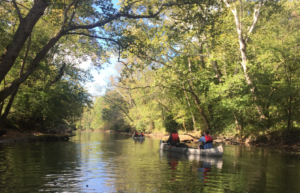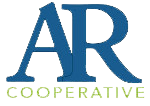by Jess Evans
May 15, 2018
 While I LOVE adventure racing, that is not my only love. For those who know me well, they know that I am also an avid conservationist. I volunteer for several water conservation groups because I just love water and the life it provides. Moving to the Mid-West when I was 18 years old opened my eyes to a beautiful natural world that is quite different from the one I grew up in. More importantly, I learned first-hand how the Clean Water Act of 1972 improved the water of the Mid-West significantly.
While I LOVE adventure racing, that is not my only love. For those who know me well, they know that I am also an avid conservationist. I volunteer for several water conservation groups because I just love water and the life it provides. Moving to the Mid-West when I was 18 years old opened my eyes to a beautiful natural world that is quite different from the one I grew up in. More importantly, I learned first-hand how the Clean Water Act of 1972 improved the water of the Mid-West significantly.
Throughout my time in the Mid-West, I often heard how the rivers and lakes were dirty – “you’ll grow a third eye swimming in that river.” But actually, these rivers are not so terrible, and compared to what they were, they are phenomenally better. Of course, monitoring and improving are always necessary, but at least the rivers are not burning on a regular basis like they did in the 1960s.
For several years now I have been involved in the Stream Quality Monitoring program lead by the Ohio Department of Natural Resources (ODNR) and completed by dedicated volunteers. It is a fairly simple test that is done three times a summer, where you paddle to a particular riffle on the river and set your net down in the water. Someone else disturbs the river floor up-stream from your net so that anything they loosen up from the bottom flows right into your net. Then you pick up the net and take it to shore.
Next comes the really fun part, you pick through the net looking for all living things – larvae, worms, fish, crawdads, water bugs, beetles, and so on. Once you have collected your living creatures, you review your water quality indicator list and record the number of each type of critter you found. For example, water pennies are these flat macro-invertebrates that typically cling to the bottom of rocks. They are sensitive to pollutants and are good indicators of healthy, clean water. You would record on your sheet the number of water pennies you found. Once you are done, you put all the animals back into the river. The form is sent to ODNR for them to compile from volunteers around the state. This allows ODNR to see which rivers are increasing in health, which are decreasing, and which are staying the same. Then they can begin to investigate the “why”.
Because rivers and lakes are essential for our adventure races, I think it is good to be aware of how we impact the quality of the water we play in and learn what else relies on clean water to survive.

